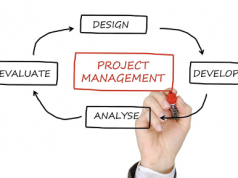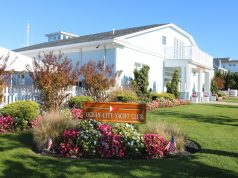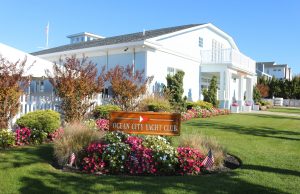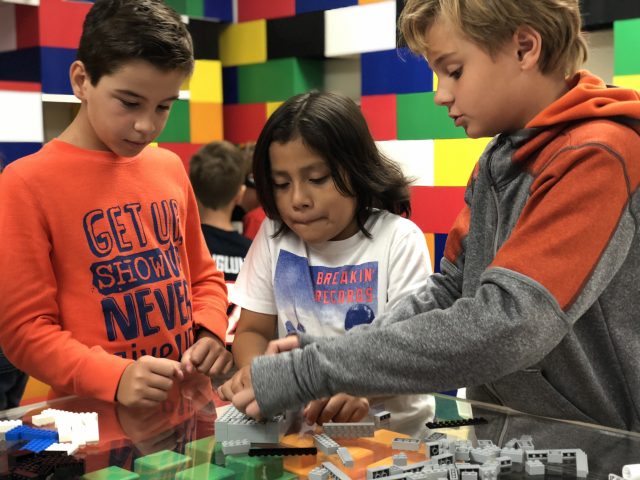
Ten teams of students from Ocean City High School and five teams of students from Ocean City Intermediate School submitted proposals for experiments to be carried out on the International Space Station (ISS), according to a press release.
They await news, expected to come in December, as to which proposal will make it to the next phase and represent Ocean City in the Student Spaceflight Experiments Program (SSEP) Mission 13 to the ISS.
For the student authors of the selected proposal, they will have the opportunity to travel to Cape Canaveral, Fla., to see the launch of their protocols and materials into space, where astronauts will implement their experiment.
The Ocean City School District is one of two K-12 districts in New Jersey participating in the program after The National Center for Earth and Space Science Education approved its plan to involve schools in the SSEP.
The district previously participated in SSEP Mission 6, with about 100 students involved in some aspect of the proposal writing and experiment design process.
This year, the school district nearly tripled student involvement by engaging high school students involved in the OC Life 21 Club and eighth-grade students in a “Science from Space” Virtual High School enrichment course.
Students learned about microgravity through classroom activities and the experiment design process. Teachers reported that the experience has contributed to learning and growth beyond what they have retained about microgravity.
Maureen Baldini, a computer science teacher at the intermediate school, guided five groups of eighth-grade students in the proposal writing process.
“These students had never written a proposal of this nature before, so they had to learn the mechanics along the way,” she said. “They embraced the challenge and have done an excellent job to articulate their ideas.”
Baldini encouraged her students to design experiments around simple topics that interest them. For example, one group has proposed comparing the growth of crystals on Earth with those on the ISS, hypothesizing that microgravity will lead to bigger crystals.
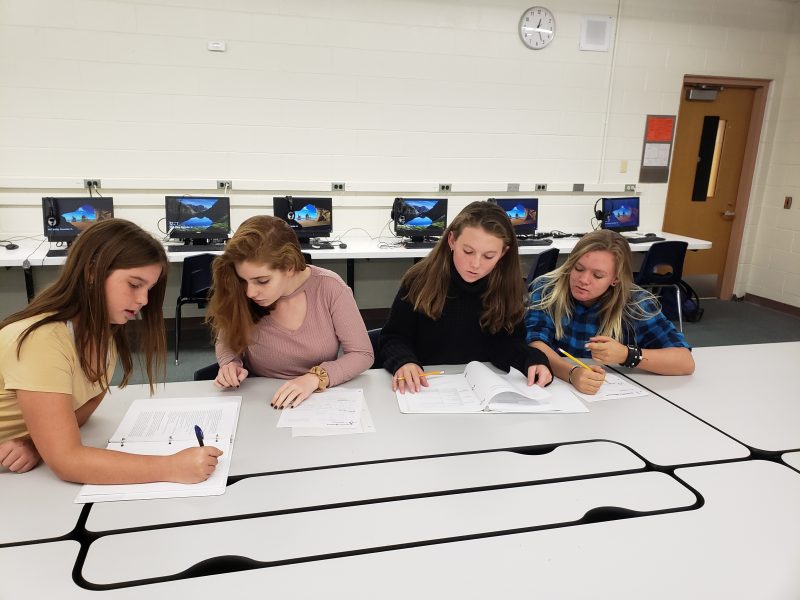
The high school students involved have done their proposal writing on their own time, and OC Life 21 Club advisors, David Uhrich and Daniel Weaver, who are high school physics teachers, said they are impressed, according to the release.
They noted that the students have taken the initiative to learn not only about microgravity, but also other topics covered in their proposed experiments.
“Our students have acted as true research professionals,” Weaver said. “They learned how to learn on their own by reading articles and reaching out to professors and other researchers.”
One student who has proposed studying bone growth in microgravity has exchanged more than 40 emails with a Rutgers University professor. Another student who wants to study the breakdown of urea in space has visited the lab of a local microbiologist at Shore Medical Center.
Professors from Atlantic Cape Community College are also serving as partners with the school district in support of this SSEP. They are currently reviewing and scoring approved proposals and will help the district select three students to send on to the National Step 2 Review Board, which will make the final selection.
“Many of our students’ initial proposals were too complicated for the limited space on the ISS and the limited time that the astronauts will have to dedicate to the experiments,” Uhrich said. “The students refined their ideas to conform to the parameters, which was another real-world learning experience for them. That’s exactly what real scientists do.”
Lauren Gunther, school district curriculum director, said, “We appreciate the support of our administrators, our board and our teachers, especially those who act as mentors for our students, as we provide this valuable learning experience for so many of our district students.”
Schools Superintendent Kathleen Taylor said, “I encouraged participation in another SSEP mission this year because the experience allows our students to actually reach the stars – something we figuratively encourage them to do on a daily basis in the district.”
She added, “This is yet another example of the unique opportunities we afford our students, which help give them a competitive advantage when they graduate.”
Ocean City Primary School students in grades kindergarten through third grade and intermediate school students in grades fourth through eighth also have the opportunity to participate in the SSEP by designing a patch for the chosen OCSD experiment.
Each school will run a contest to choose a winning design. The district will send the two winning patches along with its experiment into space.
In addition, the third grade students are designing and building their own LEGO space station, which requires them to develop a budget, research and plan for an optimal design that fits within set parameters before they build and test. The project page provides additional details: https://www.octechlab.org/iss-project
About the Student Spaceflight Experiments Program
The Student Spaceflight Experiments Program (SSEP is, a program of the 501c3 National Center for Earth and Space Science Education (NCESSE) in the U.S. and the Arthur C. Clarke Institute for Space Education for communities internationally. It is enabled through a strategic partnership with DreamUp PBC and NanoRacks LLC, which are working with NASA under a Space Act Agreement as part of the utilization of the International Space Station as a National Laboratory.


